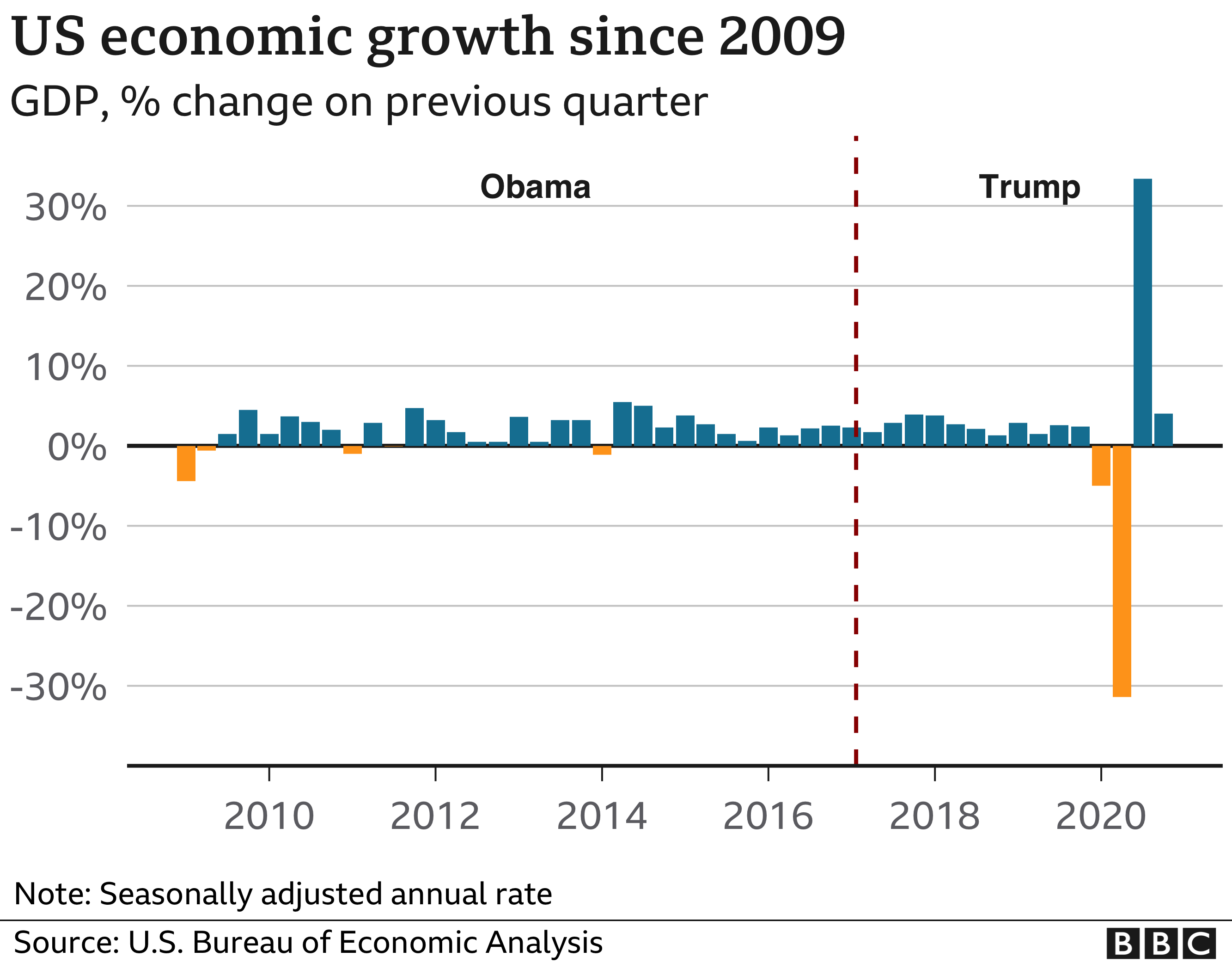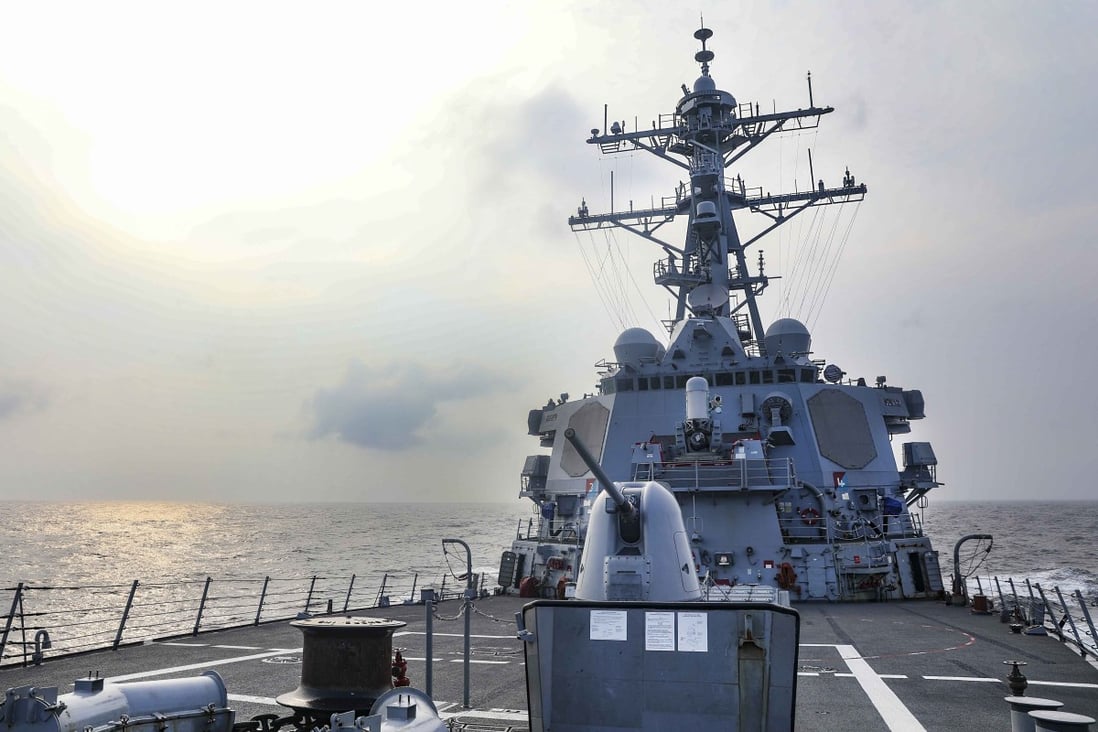
Desastres hídricos ou relacionados ao tempo e ao clima ocorreram praticamente todos os dias, nos últimos 50 anos, matando em média 115 pessoas diariamente
Desastres hídricos ou relacionados ao tempo e ao clima ocorreram praticamente todos os dias, nos últimos 50 anos, matando em média 115 pessoas diariamente. A informação está em um atlas lançado pela Organização Meteorológica Mundial, OMM, nesta quarta-feira, englobando o período de 1970 a 2019.
Com a mudança climática, o número de desastres aumentou nas últimas décadas, mas o total de mortes diminuiu, graças a melhorias nos sistemas de alerta e de gestão dos riscos de desastres.

As enchentes estão aumentando no mundo todo por conta da mudança climática
Prejuízos
O Atlas da Mortalidade e das Perdas Econômicas por Extremos Climáticos, Hídricos e do Tempo registra mais de 11 mil desastres do tipo pelo mundo, que causaram mais de 2 milhões de mortes e geraram perdas de US$ 3,64 trilhões.
Segundo a OMM, o documento é o mais abrangente já feito. 91% das mortes por eventos climáticos entre 1970 e 2019 ocorreram em países em desenvolvimento.

Seca ocorrida em 1981 em Moçambique foi o sétimo desastre natural mais fatal do mundo com 100 mil mortes
Seca em Moçambique
A seca ocorrida em 1981 em Moçambique foi o sétimo desastre natural mais fatal do mundo com 100 mil mortes. Em primeiro lugar, está uma outra seca, ocorrida em 1983, na Etiópia, que causou a morte de 300 mil pessoas.
Temperaturas extremas na Rússia, em 2010, também estão entre os eventos mais fatais, quando mais de 55 mil pessoas morreram. No geral, as secas (650 mil mortes), as tempestades (577 mil óbitos), as enchentes (58,7 mil mortes) e as temperaturas extremas (55,7 mil mortes) estão entre os desastres mais fatais.

Temperaturas extremas na Rússia, em 2010, também estão entre os eventos mais fatais, quando mais de 55 mil pessoas morreram
Furacões nos Estados Unidos
Em relação às perdas econômicas, as tempestades geraram prejuízos de US$ 521 bilhões e as enchentes, de US$ 115 bilhões. No topo da lista, estão seis furacões ocorridos nos Estados Unidos, incluindo Katrina (em 2005, com prejuízo de US$ 163 bilhões), Harvey, Maria e Irma, em 2017. Juntos causaram 35% das perdas econômicas entre os 10 piores desastres naturais do mundo.
O secretário-geral da OMM, Petteri Taalas, prevê que os eventos extremos do clima serão cada vez mais frequentes em várias partes do mundo. Com isso, haverá mais ondas de calor, secas e incêndios florestais.

Furacão Dorian visto da Estação Espacial Internacional, em 2 de setembro de 2019
Recomendações
Segundo a Organização Meteorológica Mundial, apenas metade dos 193 países-membros têm sistemas de alerta precoce sobre eventos climáticos. A OMM confirma que muitas vidas têm sido salvas assim, mas pede mais cooperação internacional para “combater o problema do grande número de pessoas que ficam desalojadas, todos os anos, devido a enchentes, tempestades e secas”.
A OMM também quer mais investimentos em programas de gestão de risco de desastres e faz ainda uma série de recomendações. Uma delas é reforçar os sistemas de financiamento de riscos, especialmente para os países menos desenvolvidos e as pequenas ilhas em desenvolvimento. Outra indicação é para a criação de políticas integradas para desastres que ocorrem de forma lenta, como as secas.

As nações do leste e do sul da África enfrentaram um aumento nas enchentes, secas e outros eventos relacionados ao clima nos últimos anos.
Situação na África e Europa
O atlas da OMM também traz informações sobre os continentes. A África teve mais de 1,6 mil desastres naturais entre 1970 e 2019, ou 15% do total mundial.
As enchentes estão no topo da lista, mas foram as secas que causaram 95% das mortes no continente. Na América do Sul, as cheias representaram 59% dos desastres naturais, causando a maior parte das mortes e dos prejuízos financeiros na região. Já na América do Norte, os furacões estão no topo da lista.
A Europa enfrentou principalmente enchentes e tempestades, mas foram os eventos extremos do clima que causaram mais mortes: 93%, com mais de 148 mil vidas perdidas nos 50 anos.





